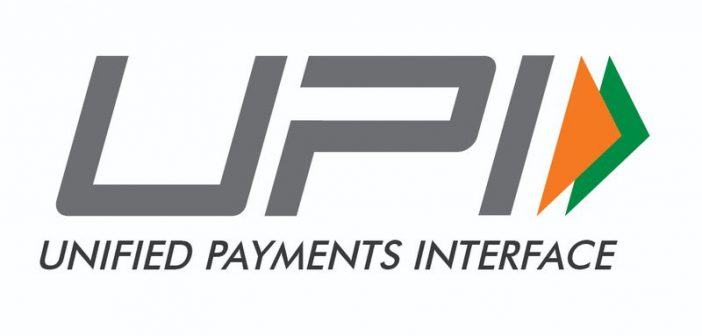In the financial year 2022-23, India witnessed a staggering surge in digital crime, with over 95,000 cases of UPI fraud shaking the trust of millions of digital payment users. This alarming statistic underscores a critical vulnerability in the seemingly robust framework of digital transactions, particularly in the User Interface-based Payment Interface (UPI) systems that have become the backbone of India’s digital economy.
The finance ministry’s revelation, coupled with a report from the Press Trust of India (PTI), paints a vivid picture of the evolving landscape of e-commerce payments. The PTI report forecasts a significant shift in payment methods, with account-to-account (A2A) payments expected to climb from 15% in 2022 to 24% in 2026. This shift underscores a declining reliance on cash, which, although dominant in 2019, accounting for 71% of Point of Sale (POS) transactions, plummeted to 27% by 2022. The trend is expected to continue, with cash transactions projected to dwindle to a mere 14% of the POS market share by 2026.
This dramatic transition from cash to digital payments, however, has not been without its pitfalls. The convenience and user-friendliness of UPI apps, while a boon for digital commerce, have also made them a fertile hunting ground for cybercriminals. These fraudsters exploit technological loopholes and the often simplistic security measures like SMS-based One-Time Passwords (OTPs), which have proven inadequate in the face of sophisticated phishing scams and social engineering tactics.
The rising incidence of UPI fraud signals a pressing need for enhanced security protocols beyond the conventional OTP authentication. Financial institutions and digital payment platforms are thus at a crossroads, tasked with the dual challenge of innovating more secure transaction methods while maintaining the ease of use that has catapulted digital payments to their current prominence.
Authorities and cybersecurity experts advocate for a multi-layered security approach, incorporating biometric verification, machine learning algorithms for anomaly detection, and behavioral analytics as potential countermeasures against the escalating threat of digital fraud. Moreover, there is a growing consensus on the need for consumer education campaigns to heighten awareness about safe digital payment practices.
As India strides towards an increasingly cashless economy, the journey is fraught with challenges. The battle against digital fraud is not just about safeguarding transactions but also about preserving the integrity of the digital payment ecosystem. The effectiveness of the response to this growing threat will be pivotal in shaping consumer confidence and ensuring the sustainable growth of digital commerce in India.
In essence, while the digital payment revolution promises a future of unparalleled convenience and efficiency, it also demands a concerted effort to fortify the bulwarks protecting consumers from the dark underbelly of cybercrime. The road ahead is complex, requiring a delicate balance between innovation, security, and user education to navigate the digital dilemma posed by the rising tide of UPI frauds.






